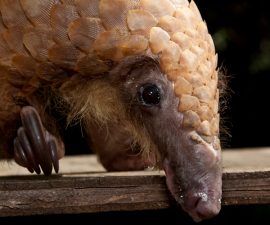BY Bruce Rideout
One of the fascinating—and daunting—aspects of climate change that doesn’t get much attention is the changing disease transmission dynamics we can expect as animals, pathogens, and disease vectors shift their distribution in response to changing climatic conditions. One of the ways we try to anticipate environmental change is through computer models developed by climate scientists, which can help predict large-scale processes, such as melting ice sheets and rising sea levels. But it is difficult or impossible to predict what will happen in specific disease transmission scenarios, because there are too many variables involved—even the most powerful computers can’t handle the complexity. We know that changes in disease transmission patterns are coming, but we don’t know exactly what they will be, or how they will impact us or the wildlife we care for—we are left in suspense.
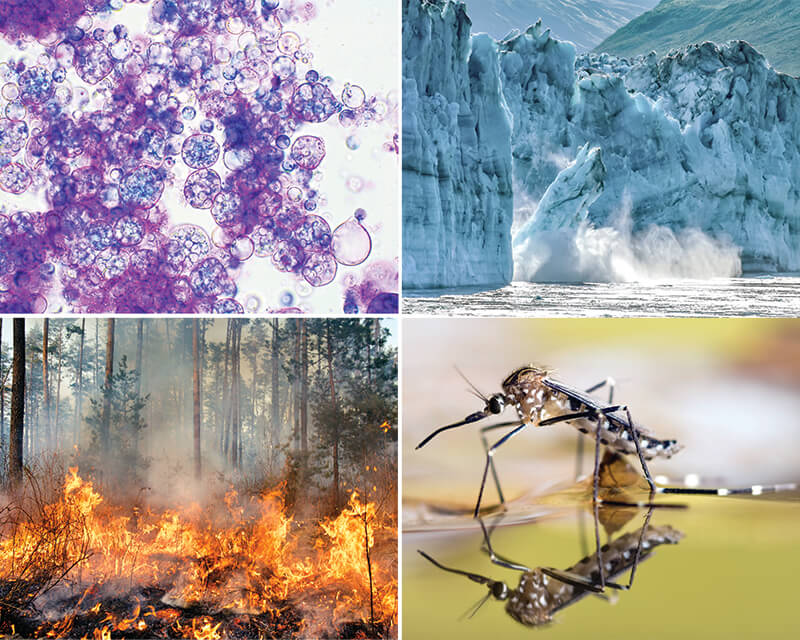
Growing Threats
Warming temperatures worldwide lead to increases in fungal spread, melting glaciers, wildfires, and mosquito populations, all of which can play a part in diseases that threaten wildlife.
But we cannot sit back idly and wait; we have to do our best to respond based on the evidence we currently have. What we do know is that most pathogens and disease vectors have relatively strict environmental requirements for optimum reproduction and development. As average temperatures increase, disease vectors such as mosquitoes will move into areas that were once too cold for them to develop.
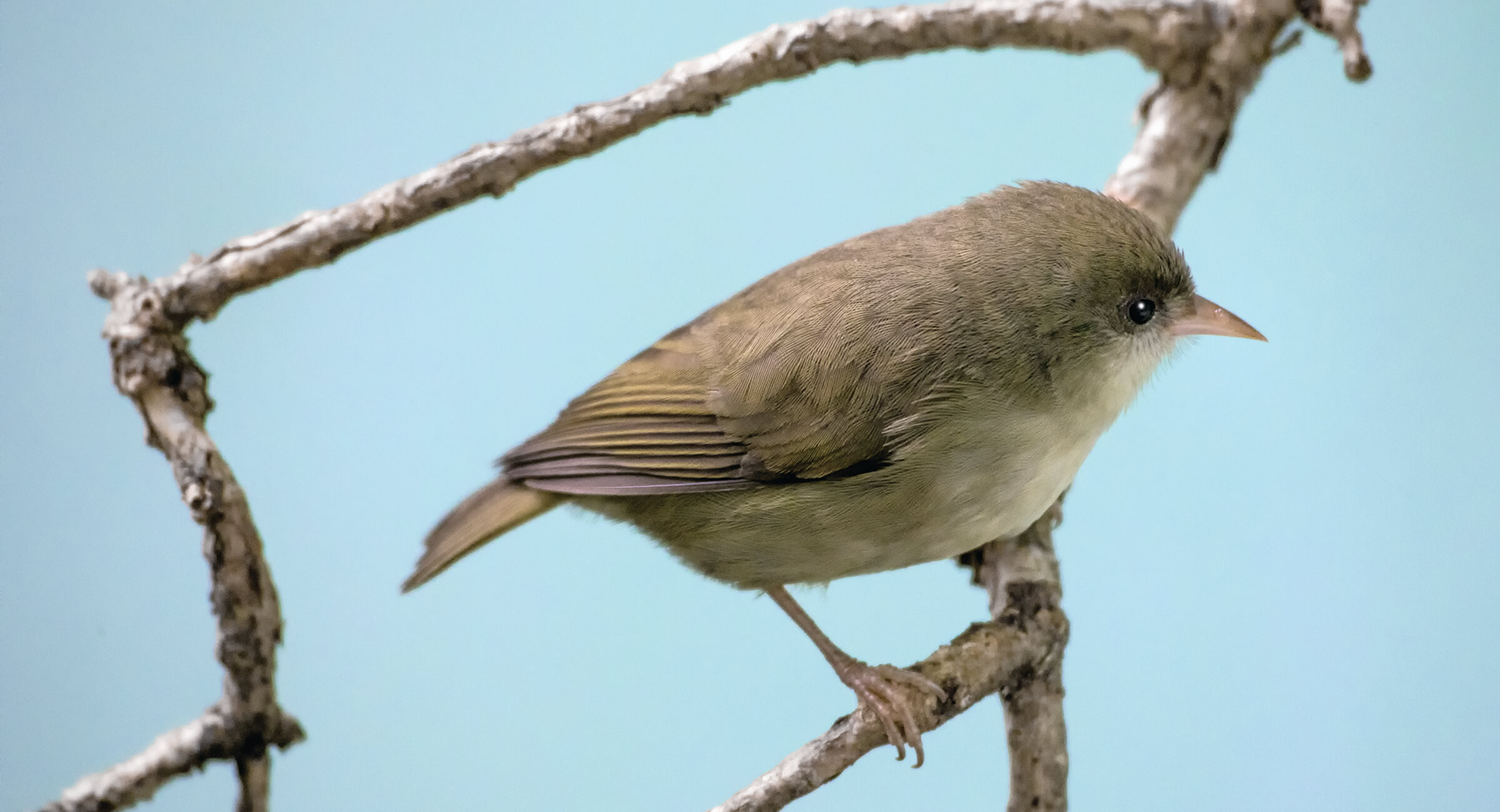
Hawaiian Birds in Crisis
A classic example of this is the changing mosquito distribution in Hawaii. Mosquitoes were introduced to Hawaii by a whaling ship in 1826. Prior to that, Hawaii was an idyllic paradise, completely free of biting insects. The introduction of foreign avian pathogens, such as malaria and poxviruses, soon followed. Hawaiian forest birds had not co-evolved with these pathogens, so their immune systems were not equipped to respond to them, and their populations were decimated.
Today, fewer than a third of native Hawaiian forest bird species remain, and more than half of those are endangered or threatened with extinction. Those that survive are concentrated in high-elevation forests above 4,921 feet, which was the line that historically marked the temperature break above which the larvae of the dominant mosquito species, Culex quinquefasciatus, could not develop. Now, these high-elevation forests are getting warmer and wetter because of climate change, and the mosquitoes are moving up in response, destroying the last refuge these birds have from these deadly introduced diseases.
As a result, our Recovery Ecology team has started an assurance population of ‘akikiki Oreomystis bairdi at our Kauai Bird Conservation Center by collecting eggs from the wild. Akikiki are only found on Kauai, where the population is rapidly declining due to a lack of forest habitat without mosquitoes. We are also monitoring disease in a number of other native Hawaiian forest birds as the climate changes, and we already have mosquito-proof breeding facilities at our Endangered Bird Conservation Centers on Hawaii Island and Maui for maintaining reserve populations of many of these species, as a hedge against extinction.
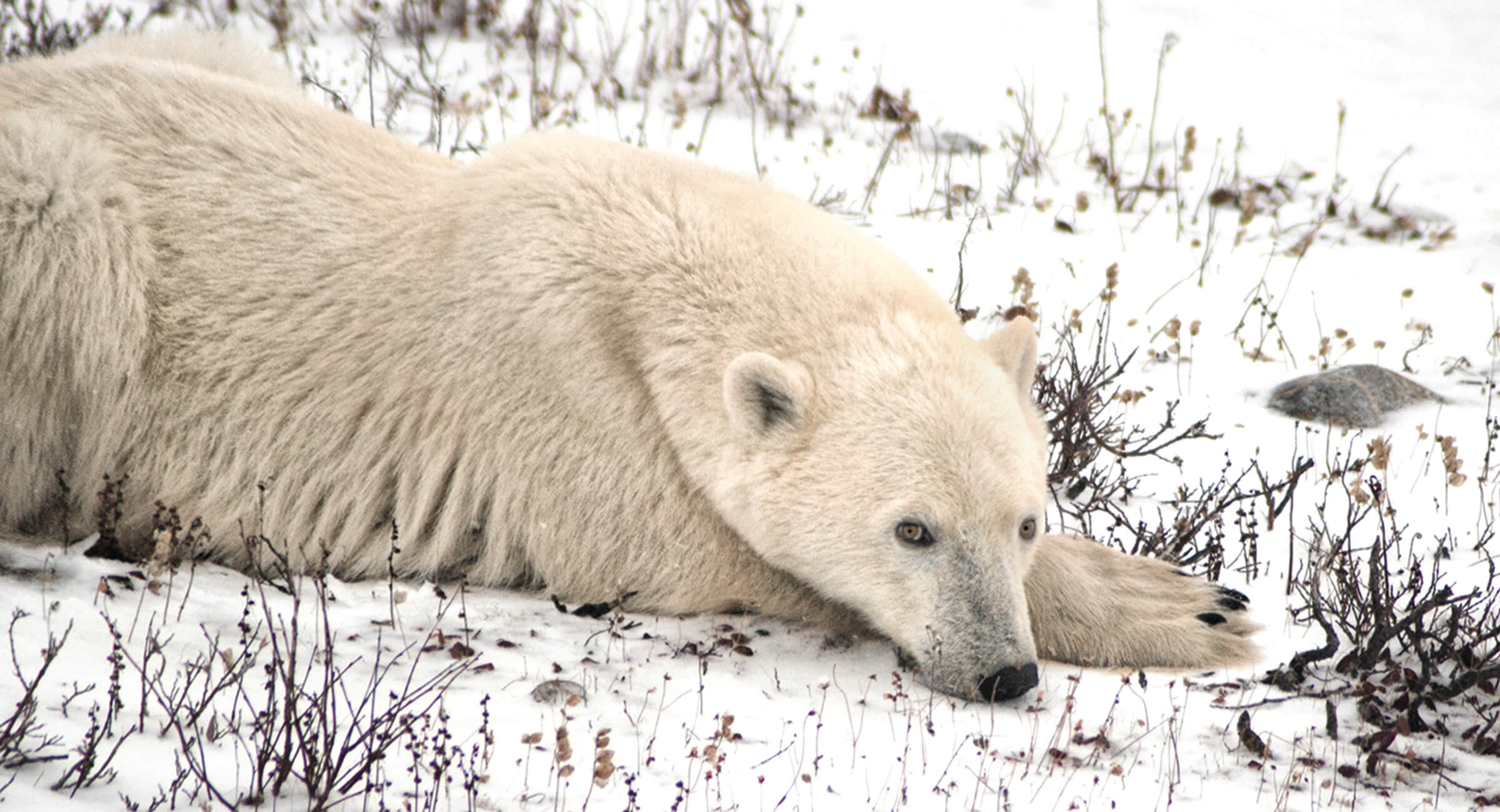
The Arctic’s Polar Bears
Much farther north, shrinking sea ice due to climate change and increasing human activities is causing some polar bear Ursus maritimus populations to gradually shift to more terrestrial food sources. These changes in foraging behavior are also changing the disease exposure dynamics for polar bears, resulting in an increasing prevalence of terrestrial diseases, such as those of domestic dogs. We are now collaborating with Environment Canada and our Population Sustainability team, looking at 30 years of disease exposure data in different polar bear populations. Understanding these changing disease dynamics will enable us to make management recommendations to better protect polar bears from terrestrial disease threats as a result of climate change.
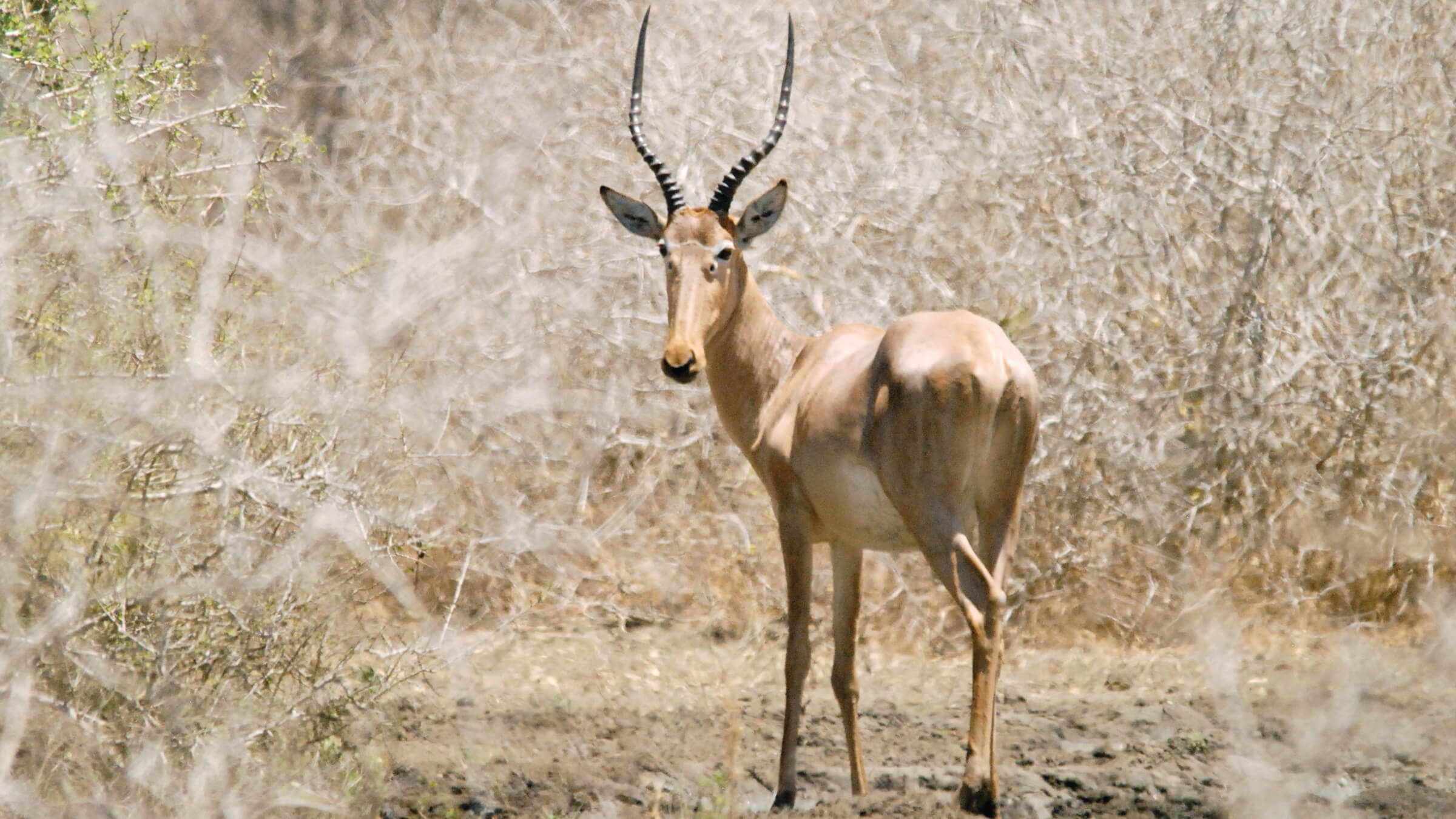
Kenya’s Wildlife
Changes in animal behavior and disease resilience are also becoming evident in response to climate change. As native species decline in response to habitat loss and human development, they are at risk of going through a genetic bottleneck that results in increased susceptibility to disease. This is a concern for the critically endangered hirola antelope Beatragus hunteri in Kenya, where drought and overgrazing by livestock add to the stress on the last remaining population, increasing their vulnerability to deadly livestock disease outbreaks. In response to these climate-related threats, we are developing the first integrated livestock-wildlife health management program for the region, which will protect the hirola from disease threats, while simultaneously benefiting the local pastoralist communities whose livelihood and survival depend on their livestock.
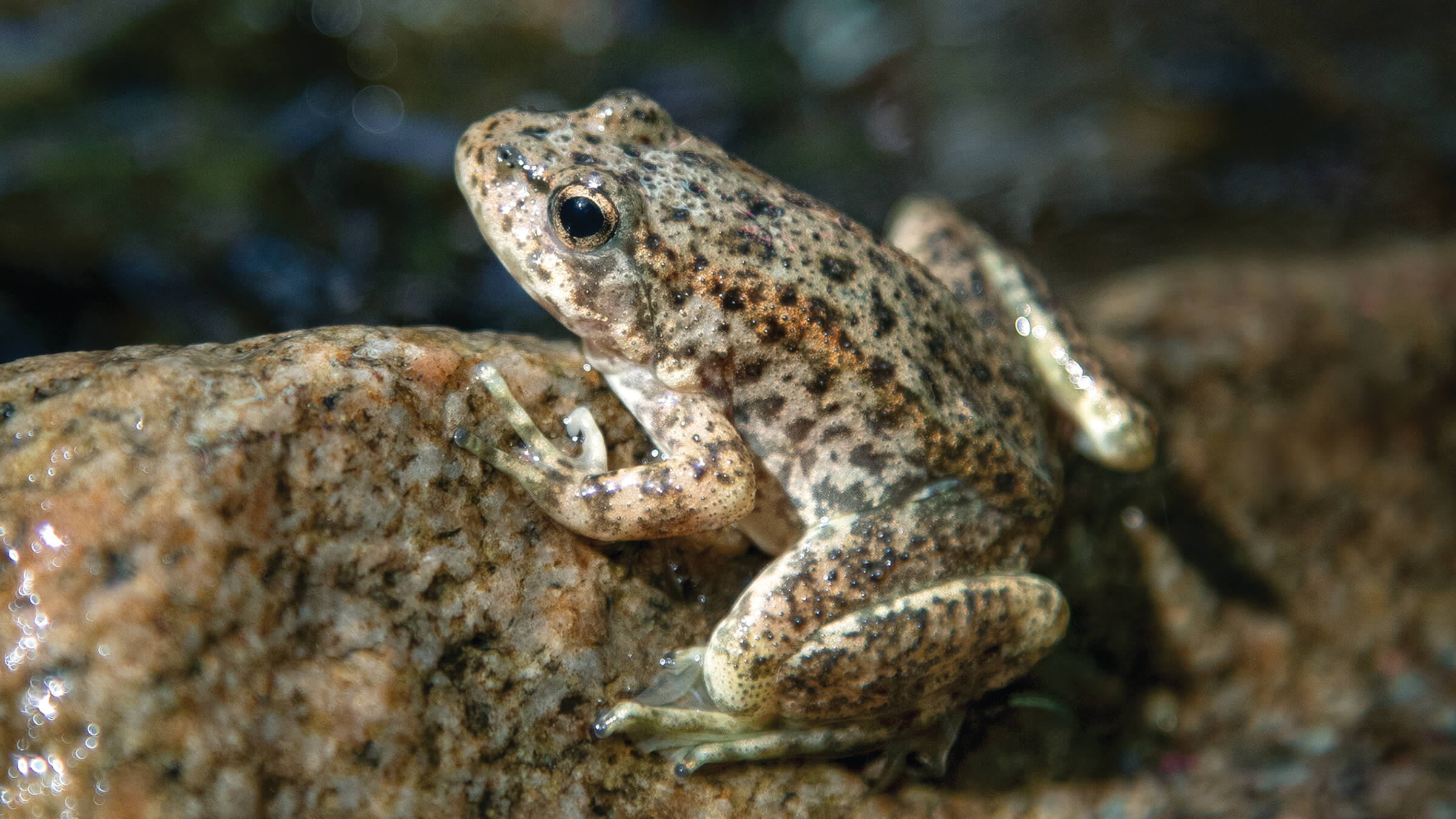
Amphibian Disease Lab: Urgent Solutions
Our Amphibian Disease Laboratory was established under a grant from the Institute of Museum and Library Services to provide diagnostic and disease surveillance services for amphibian conservation programs. This is a pressing need: over 100 amphibian species have become extinct since 1980, and a third of the remaining 6,000 species are threatened with extinction because of the global spread of the deadly chytrid fungal disease.
We provide our services at cost, in order to facilitate the establishment of assurance populations as a hedge against extinction. Since the inception of the lab, we have provided support to over 100 zoos and conservation programs around the world. In addition to providing our laboratory diagnostic services, we provide expert consultations on disease surveillance strategies, and mitigation plans to control the spread of disease, which is exacerbated by climate change.
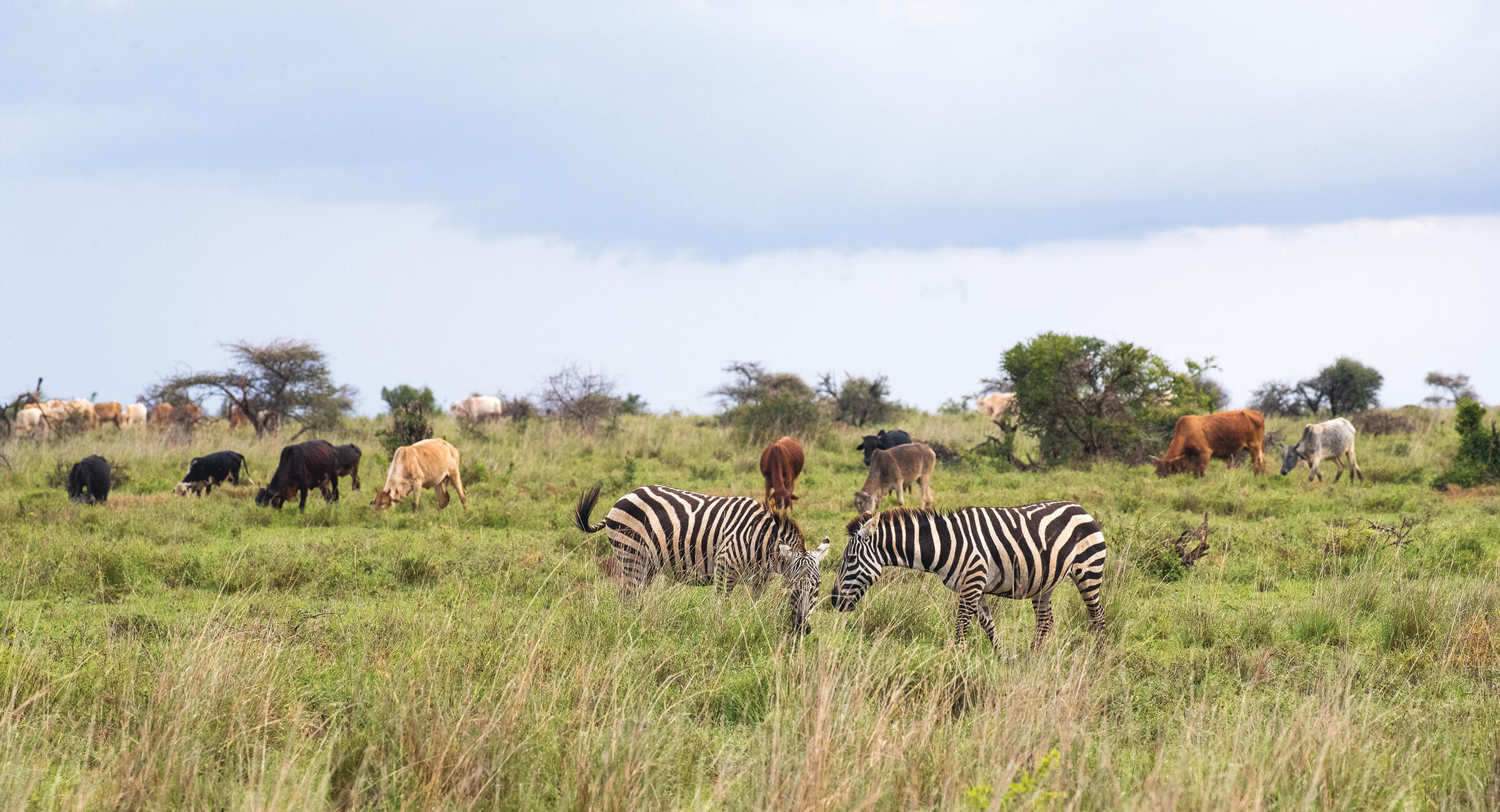
Minimizing Impacts
These climate impacts have the potential to create a self-perpetuating downward spiral in native species. Rather than waiting in suspense to see what frightening scenarios play out, we are working to minimize the impacts of climate change on wildlife and preparing for whatever responses might be necessary to lead the fight against climate-related extinction.
Images by: avstraliavasin/iStck/Getty Images Plus; doug4537/E+/Getty Images; Gilitukha/iStock/Getty Images plus; Don Mennig/iStock/Getty Images Plus; Ken Bohn/SDZG; Juliet King.




